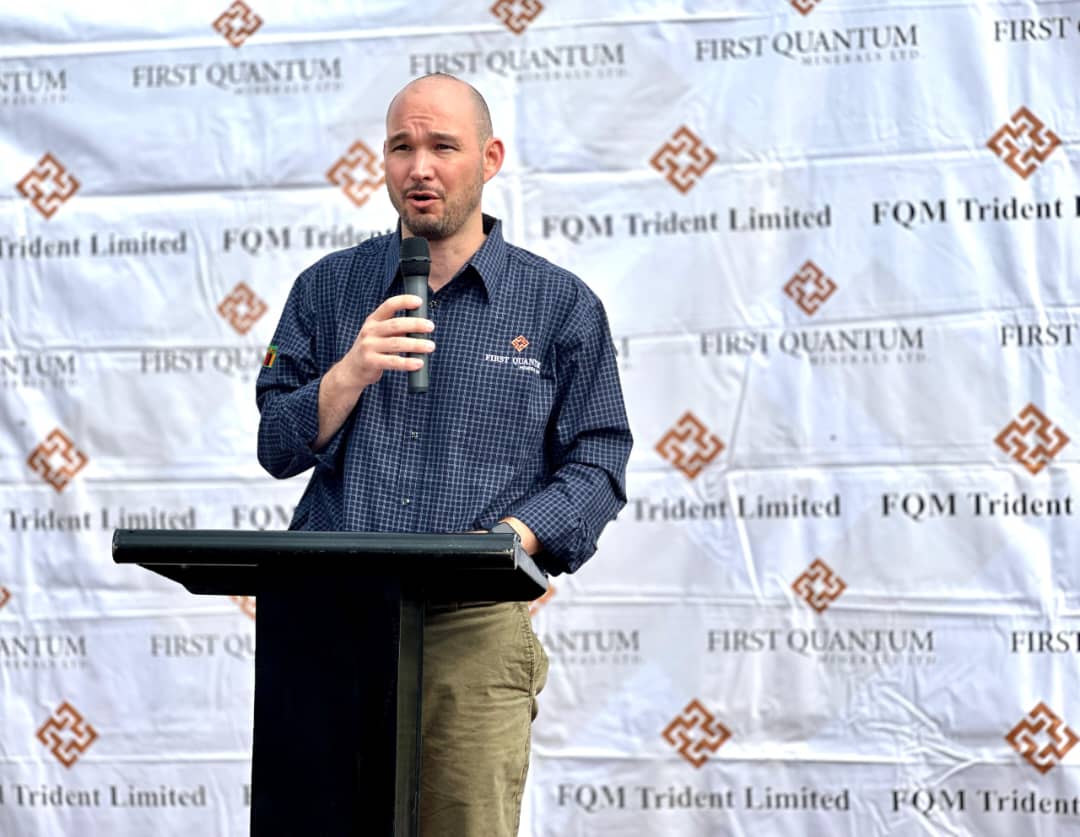This week saw BHP’s last attempt to acquire fellow miner Anglo American fail. The negotiations had lasted six weeks, the offer prices were hiked twice, and yet the deal broke down. Because BHP only wanted Anglo’s copper operations. The deal, although failed, put copper in the spotlight—on the scene of resource scarcity.
Earlier this month, copper prices reached a record high, while BHP tried to convince Anglo executives and shareholders to agree to spin off the company’s platinum and iron ore business and sell itself as a copper producer. The price per tonne in New York topped $11,000 earlier this month.
The FT attributed the price surge to an influx of speculative traders flooding the copper space at a time when many thought copper was about to start going down. Yet there was—and still is—the expectation that sooner or later the copper market would swing into a deficit, because demand is set to outpace supply amid transition efforts in Europe and North America. Now it turns out it’s not just the transition that will drive stronger copper demand.
Goldman Sachs this week forecast that demand for copper is about to take off on the back of the transition but also because of artificial intelligence development and defense spending. According to the bank, copper prices could hit $12,000 per ton thanks to these sources of demand—because new supply is not exactly forthcoming, as evidenced by BHP’s desperate attempts to secure assets through the Anglo acquisition.
The deal “shows the only way for miners to grow their revenue with copper is through acquisition since no new major copper assets are available. Even if they did exist, it may take up to 20 years to permit and build,” Peter Bryant, the chairman of consultancy Clareo and resource industry expert, told Oilprice.com.
Not only this, Bryant said, but even brownfield expansion will not help secure sufficient new supply of copper because of declining grades, increasing depths of available resources, increasing distances from processing facilities and the respective increasing use of energy, water, and work. Things are not looking good for copper supply.
Investments in new copper production capacity have been weak, too, for about a decade now. The fact, as noted by Goldman Sachs in its latest forecast, was a result of poor returns on investment over the previous decade. Now, the outlook for demand looks great and yet copper miners are still not throwing billions at new mines. This might be because peak demand is too close around the corner.
BHP’s chief executive said recently that boosting copper supply to a degree that would ensure meeting demand by 2030 would require $250 billion in investment. But according to Clareo’s Bryant, “peak demand, starting roughly in 2035, does not last for the life of a major asset so there’s no incentive to build new supply that will only be needed for a fraction of the life of an asset. In short, demand has to flatten.”








